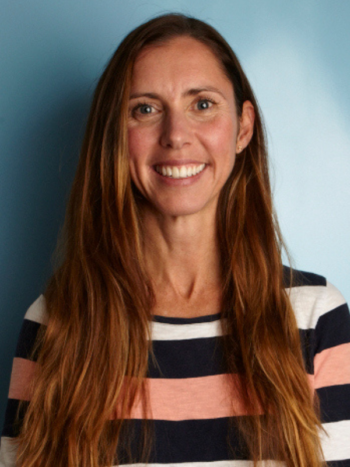
This year marked a turning point for the management of lung cancer, with the federal government announcing the funding of the National Lung Cancer Screening Program.
It was a decision informed by years of research, supported in part by the 45 and Up Study, Australia’s largest study into health and ageing.

The Study has supported numerous research projects on lung cancer by The Daffodil Centre. The Daffodil Centre is a joint venture of Cancer Council NSW and the University of Sydney. Cancer Council NSW is a founding partner of the 45 and Up Study.
Associate Professor Marianne Weber, head of the Daffodil Centre’s Lung Cancer Policy and Evaluation Stream, says it’s a terrific outcome that highlights the value of Australian data.
“The 45 and Up Study has been around long enough to show us not only who’s at risk of cancer, but who goes on to get cancer and what factors impact diagnosis and treatment patterns,” she says.
It’s estimated that screening will save 500 lives a year because more people will be diagnosed with early-stage lung cancer. Five-year relative survival for lung cancer at stage one is 68%, while for lung cancer at stage four it’s just 3%. Lung cancer screening uses low-dose computed tomography (CT scan).
Research that made a difference
One of the papers that informed the government’s decision, published in the British Journal of Cancer, showed that targeted lung cancer screening could be a cost-effective means of saving lives.
Supported by a grant from the Medical Research Future Fund, researchers from the Daffodil Centre used the Study’s cohort of more than 250,000 people to estimate the proportion of Australians eligible for lung cancer screening, as well as their underlying risk of lung cancer.
The 45 and Up Study’s linkages to numerous health databases also provided researchers with comprehensive health-system costs associated with lung cancer, without restriction to a specific hospital catchment or treatment type.
“The results of this paper strengthened the economic case for a targeted lung cancer screening program,” says Professor Weber.
These findings added to the years of research into lung cancer done by the Daffodil Centre and Cancer Council NSW using 45 and Up Study data, which was detailed in a recent issue of Public Health Research & Practice. Earlier research using Study data revealed the cancer risks of light smoking and the accuracy of a lung cancer risk prediction algorithm in an Australian population.
Professor Weber says she has confidence in decisions about lung cancer screening because they are grounded in real-life experiences.
“Using Australian evidence like the 45 and Up Study wherever possible assures us of the right way forward,” she says.
